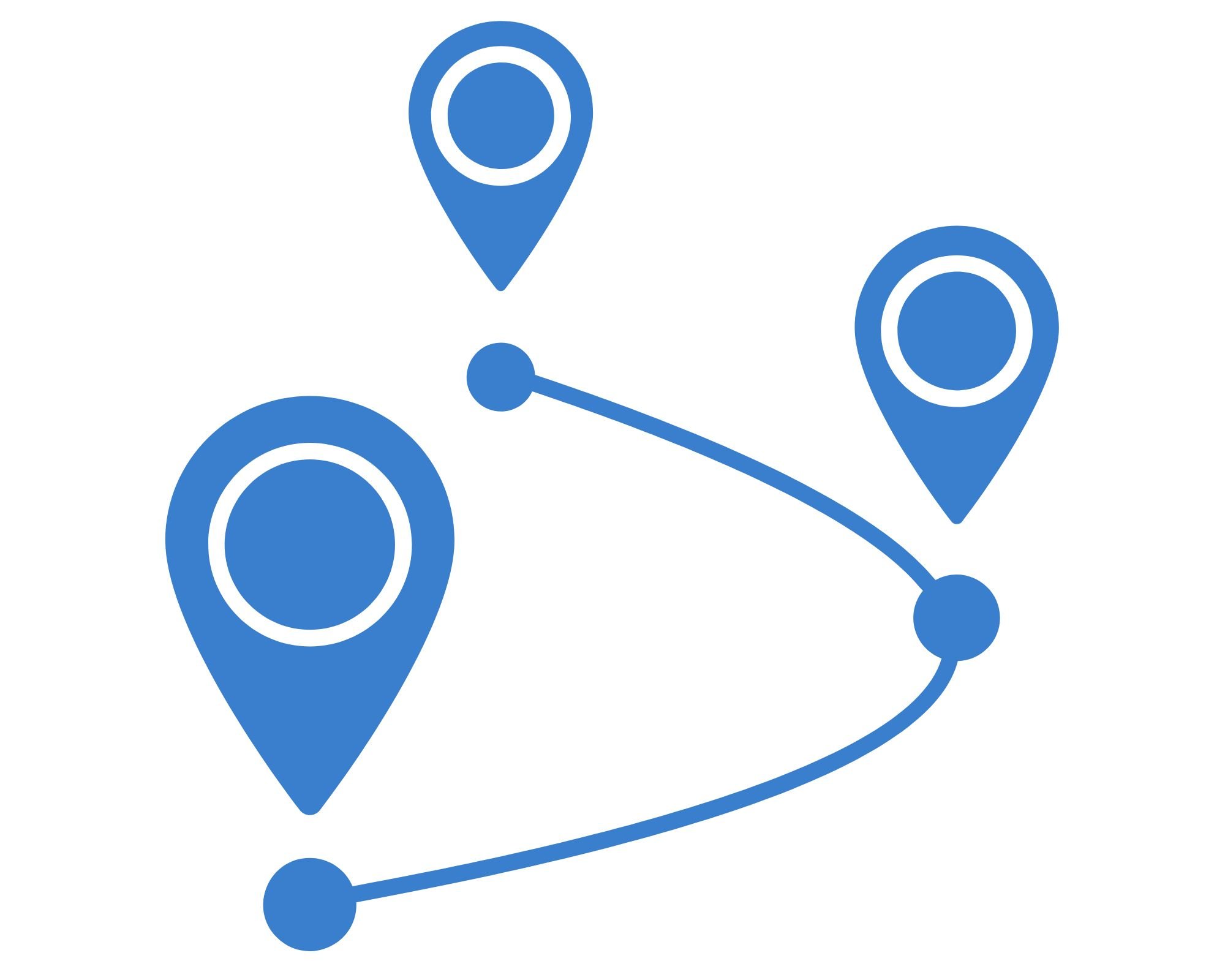Transportation & Logistics
Transportation & Logistics Analytics.
As a highly dynamic, cost-sensitive and efficiency-driven environment, regular and consistent analytics is required to remain competitive and profitable.
We have identified several industry specific metrics (see below) that may be of interest to you. However, there are basic business metrics that should always be analysed, and regularly, in order to point you in the direction of what needs investigation. These are:
Revenue. Total income generated from sales before any expenses. It shows the overall scale of the business and is a top-line indicator of growth and demand.
Net Profit Margin. Net Profit expressed as a percentage. It reveals how much actual profit the business makes after all expenses … a key measure of efficiency and sustainability.
Cash Flow. Net amount of cash moving into and out of the business. Indicates liquidity and the ability to meet short term obligations, invest, and grow.
Fixed Costs vs Revenue. Costs associated with running the business. Identifies areas to reduce costs and improve profitability.
Accounts Receivable/Payable. Identifies what may be affecting cashflow.
Industry Specific Metrics: Transportation & Logistics
Fleet utilisation
Why? Maximise asset usage and reduce operational costs.
Fuel consumption and costs
Why? Fuel is one of the largest cost centres … optimising usage increases margins.
Route Optimisation
Why? Improve delivery times, reduce fuel usage and enhance customer satisfaction.
Maintenance and Downtime
Why? Predictive maintenance minimises unnecessary downtime and costly repairs, and extends vehicle life.
Driver Performance and Safety
Why? Reduces liabilities, improves safety and boosts driver retention.
Delivery Performance
Why? Directly impacts customer satisfaction and service reputation.
Cost per Km / Trip / Load
Why? Identifies benchmark performance and areas for cost reduction.
Customer Demand and Load Forecasting
Why? Enables better resource planning and fleet allocation.
Compliance and Regulatory Metrics
Why? Avoid fines and legal issues, and ensures safe operations.
Revenue and Profitability by Route and/or Customer
Why? Identify the most and least profitable segments for more informed decision-making.









